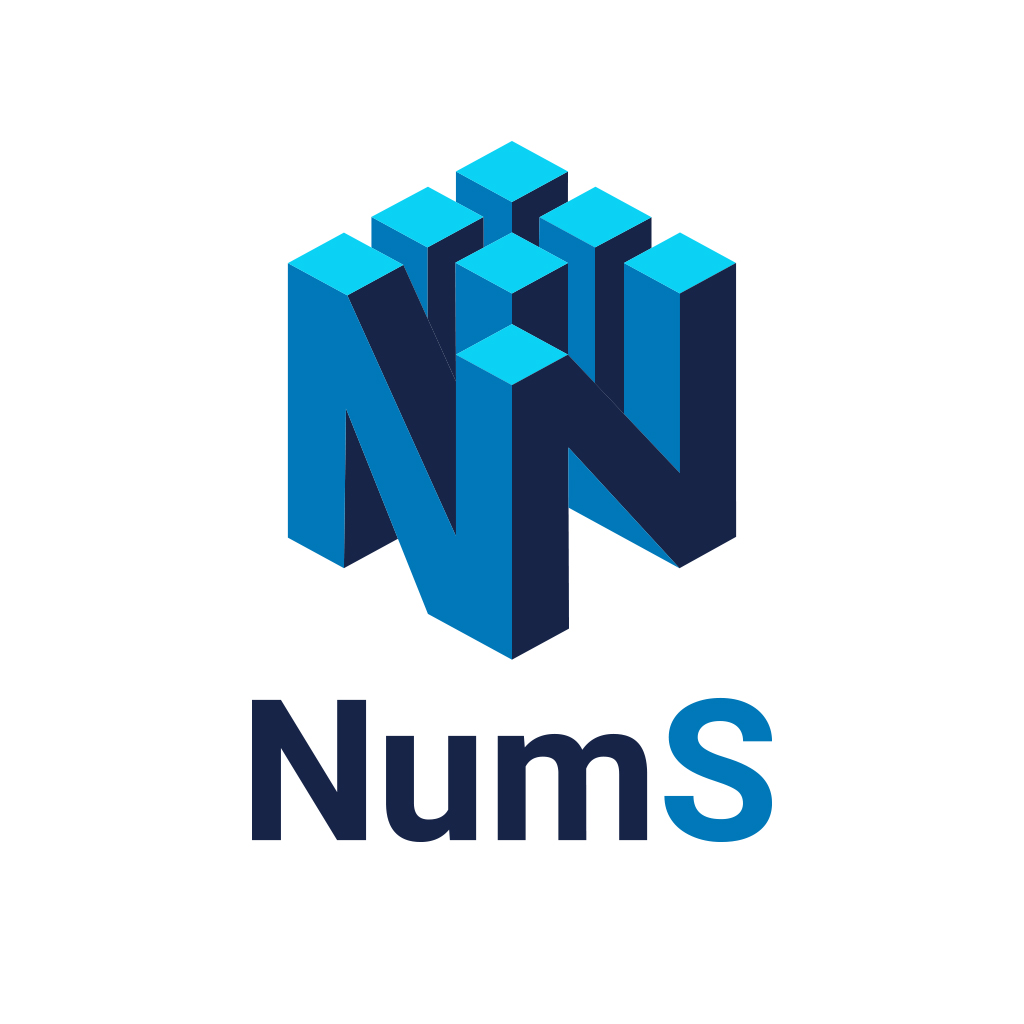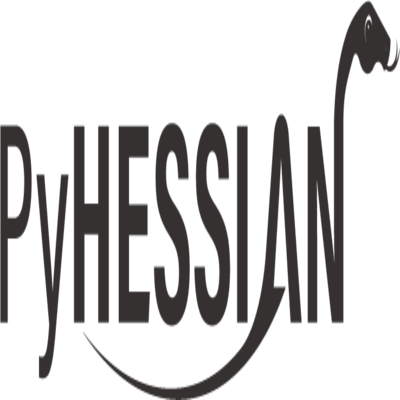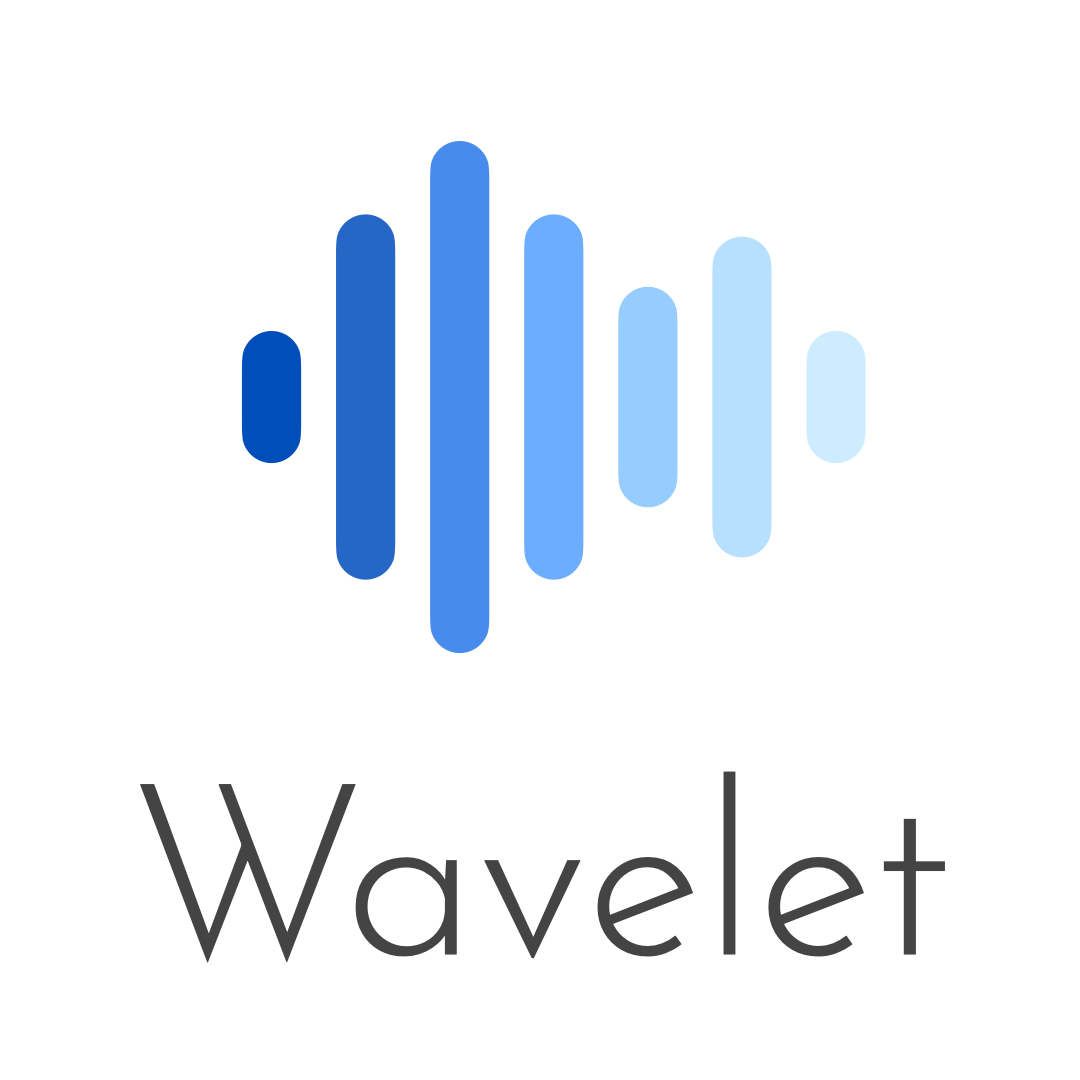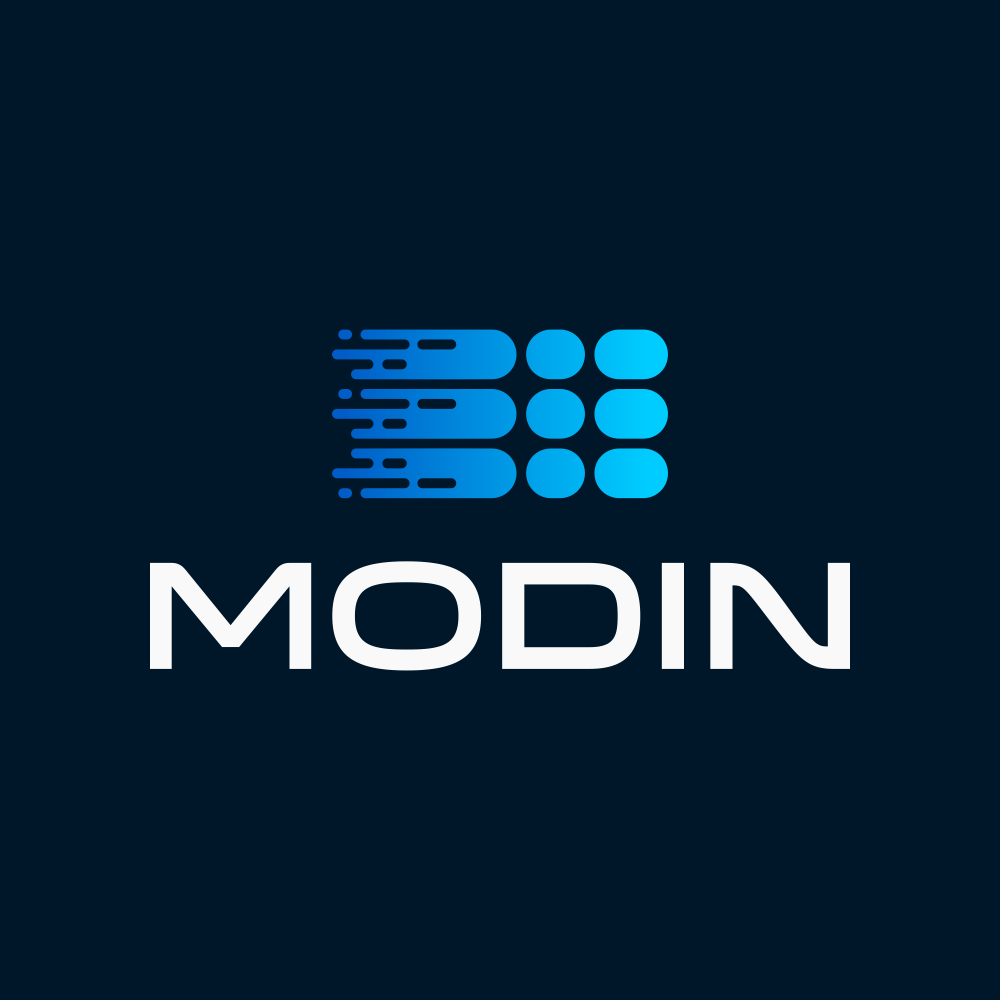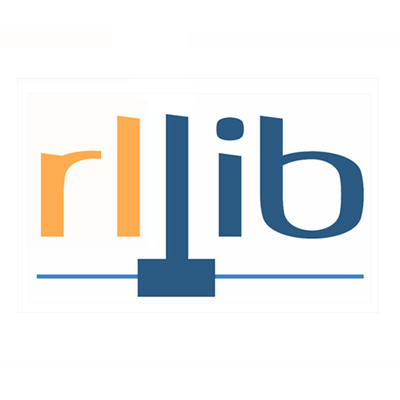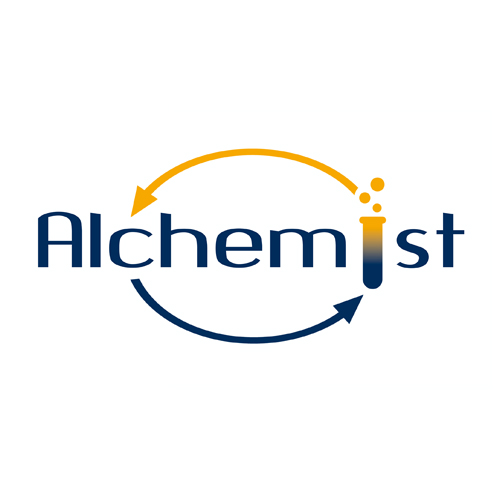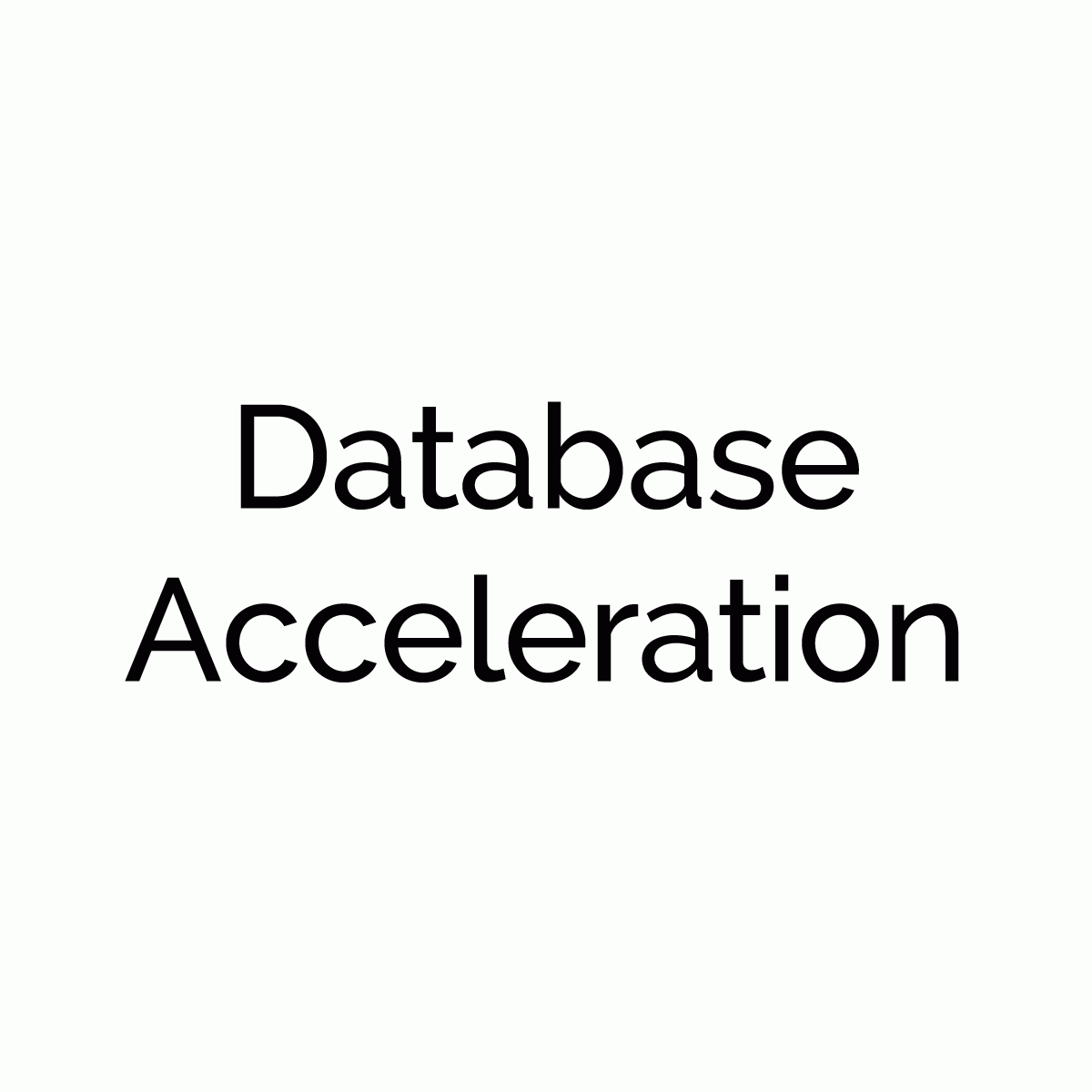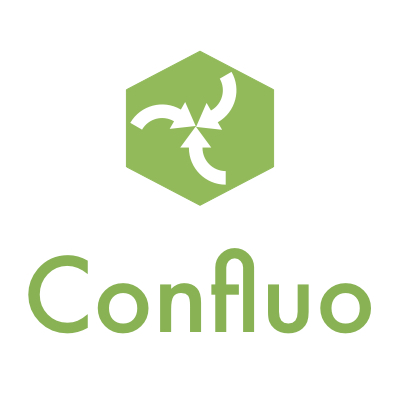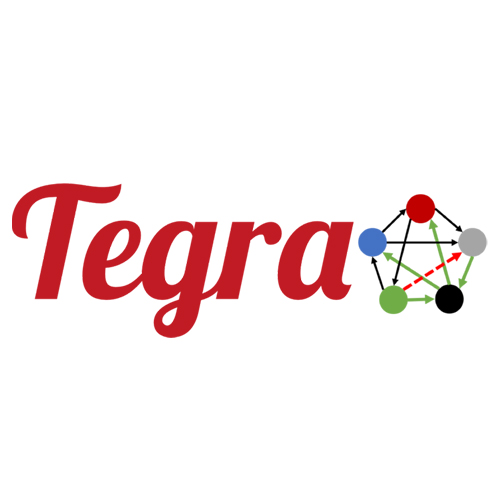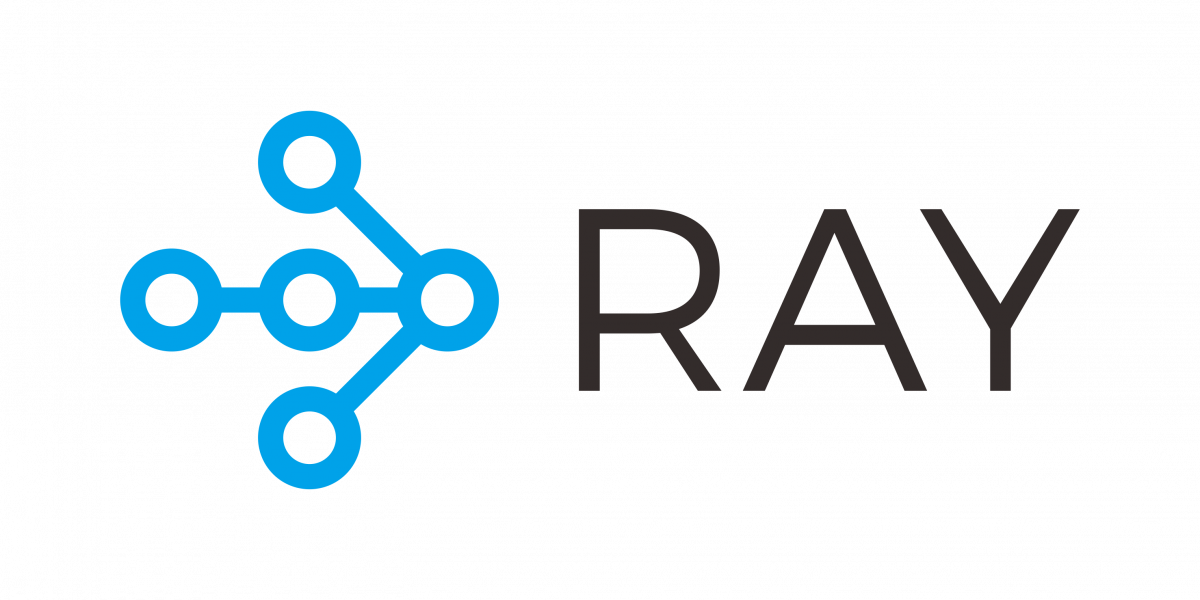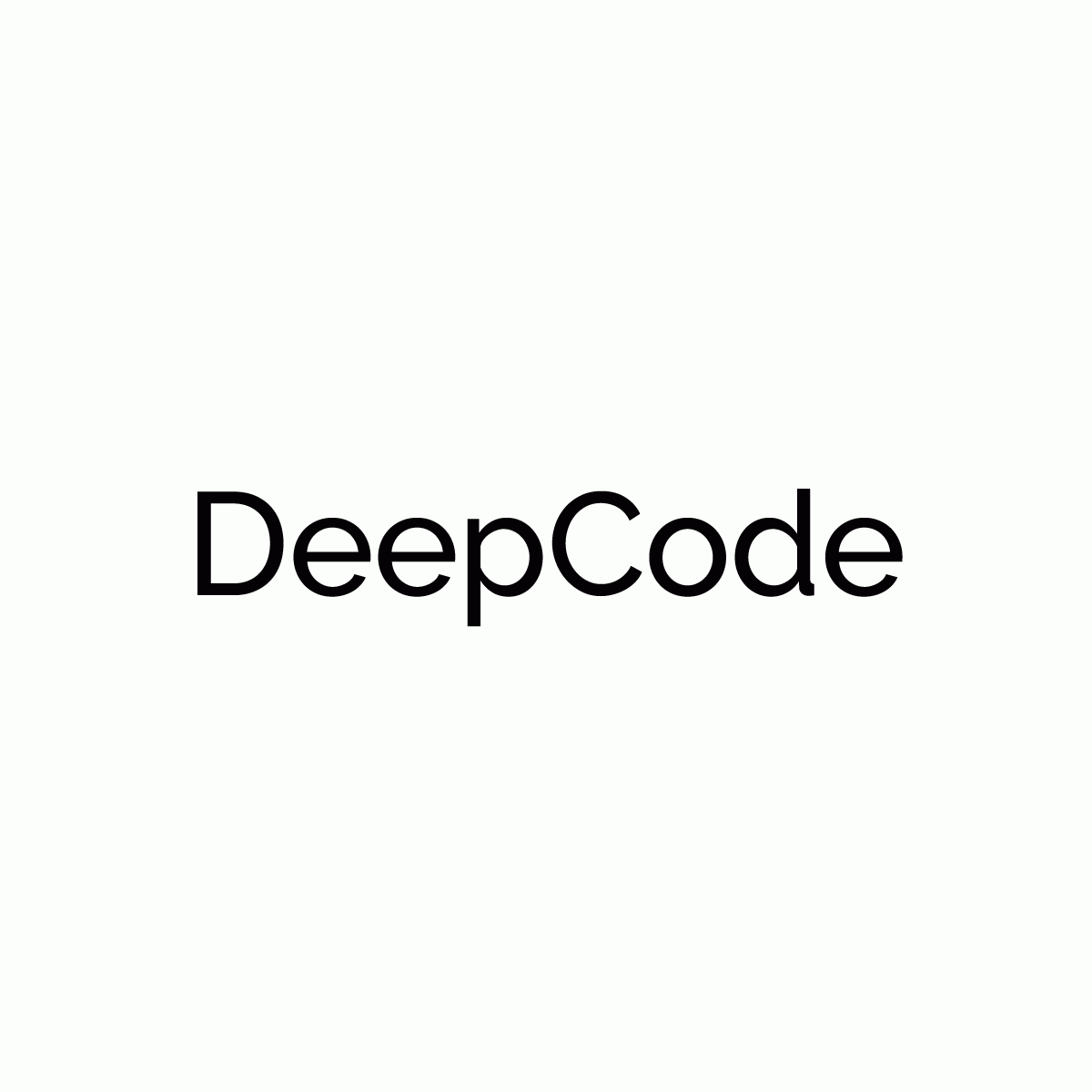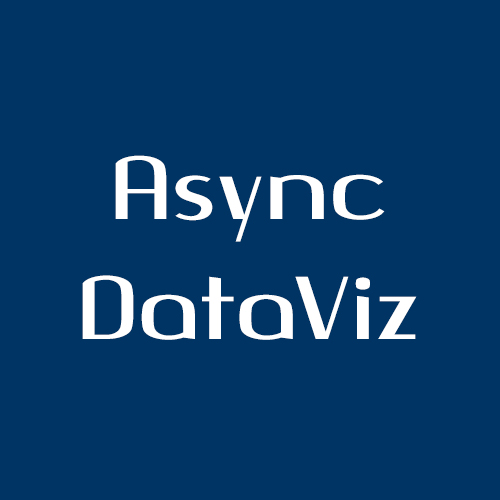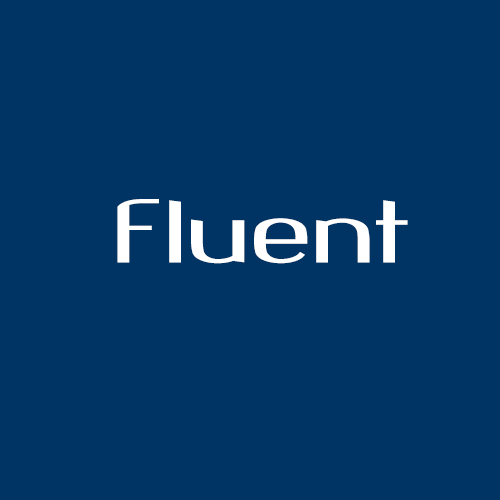NumS is a Numerical cloud computing library that translates Python and NumPy to distributed systems code at runtime. NumS scales NumPy operations horizontally, and provides inter-operation (task) parallelism for those operations. NumS remains faithful to the NumPy API, and provides tight integration with the Python programming language by supporting loop parallelism and branching. NumS’ system-level operations are written against the Ray API; it supports S3 and basic distributed filesystem operations for storage and uses NumPy as a backend for CPU-based array operations. Please visit the open source project on github for more details.
TCPlp
Low-power and lossy networks (LLNs) enable diverse applications integrating many resource-constrained embedded devices, often requiring interconnectivity with existing TCP/IP networks as part of the Internet of Things. But TCP has received little attention in LLNs due to concerns about its overhead and performance, leading to LLN-specific protocols that require specialized gateways for interoperability. We present a systematic study of a well-designed TCP stack in IEEE 802.15.4-based LLNs, based on the TCP protocol logic in FreeBSD. Through careful implementation and extensive experiments, we show that modern low-power sensor platforms are capable of running full-scale TCP and that TCP, counter to common belief, performs well despite the lossy nature of LLNs. By carefully studying the interaction between the transport and link layers,…
Authors: Array, Array, Array, Array
Cloudburst
Cloudburst is a stateful Functions-as-a-Service platform built on top of Anna. Cloudburst has all the benefits of a standard serverless FaaS system like AWS Lambda: no operational overheads, seamless autoscaling, and disaggregated infrastructure. However, inspired by our recent work on the shortcoming of existing serverless systems, Cloudburst focuses on enabling new applications to take advantage of serverless infrastructure by focusing on enabling smart state management. We accomplish this with a new design principle: logical disaggregation with physical colocation. While compute and storage are logically separate services, Cloudburst introduces state caches that live on the same physical machines as compute workers to reduce data transfer costs. Combined with smart scheduling techniques and state-of-the-art consistency protocols, this principle allows Cloudburst to scale…
ERDOS and Pylot
ERDOS is a platform for developing self-driving cars and robotics applications. The system is built using techniques from streaming dataflow systems which is reflected by the API. Applications are modeled as directed graphs, in which data flows through streams and is processed by operators. Pylot is a modular autonomous vehicle (AV) platform for developing and testing autonomous vehicle components (e.g., perception, prediction, planning) on the CARLA simulator and real-world cars. Pylot is built on top of ERDOS and enables novel AV research by providing a suite of reference components to enable evaluation with realistic end-to-end AV pipelines. Using ERDOS and Pylot, we are investigating several AV-related research problems such as navigating latency-accuracy trade-offs, deterministic execution, and the management of time…
AdaHessian and PyHessian
AdaHessian and PyHessian are libraries for second order based optimization and analysis of the neural network training based on PyTorch. The library supports the training of convolutional neural networks (image_classification) and transformer-based models (transformer). See code at: https://github.com/amirgholami/adahessian https://github.com/amirgholami/PyHessian
Authors: Array, Array, Array
PyHessian
PyHessian is a PyTorch library for Hessian based analysis of neural network models. The library enables computing the following metrics: Top Hessian eigenvalues The trace of the Hessian matrix The full Hessian Eigenvalues Spectral Density (ESD) Code is available at https://github.com/amirgholami/PyHessian
MC2
Collaborative analytics and machine learning have the potential to extract a tremendous amount of value from joint datasets, but data owners are often unwilling to share data due to regulatory or privacy concerns. The MC2 (Multiparty Collaboration and Competition) platform is an assortment of sub-components that enables several data owners to perform analytics and/or jointly train ML models on their collective data without revealing their individual data to each other. Our platform is open source and available here.
Authors: Array, Array, Array, Array
NBSafety
NBSafety is a drop-in replacement for Jupyter’s Python 3 kernel that automatically highlights potential bugs due to out-of-order cell executions. https://nbsafety.org
LUX
Lux is an open-source, Python library for accelerating and simplifying the process of data exploration. Lux recommends interesting visualizations to guide users towards potential next-steps in their analysis. Visualizations are displayed as a widget in-situ a Jupyter notebook, providing a seamless transition between code and interaction. Lux automates away the tedious efforts typically present in visual data analysis, allowing the analyst to explore their data at the speed of thought. For more details, see https://github.com/lux-org/lux.
Authors: Array, Array
SQProp
SQProp is an algorithm to compute forward and backward propagation with mixed-precision numbers. Reducing numerical precision is critical to achieve fast and economic development and deployment of deep neural networks. While most existing reduced-precision algorithms focus only on the forward propagation, SQProp provides an unified framework for both forward and back propagation, making it suitable for accelerating both the training and inference of deep neural networks. SQProp is based on Stochastic Quantization with advanced variance reduction technique. Instead of the worth-case analysis of error accumulation, SQProp comes with a statistical framework that analyzes the bias and variance of the gradient. This enables the development of unbiased, variance-reduced gradient estimators. The theory and implementation of SQProp are still under active development.…
Authors: Array, Array, Array, Array
AutoPandas
AutoPandas is an input-output example based program synthesis engine for the Pandas Python library.
Metal
File sharing systems like Dropbox offer insufficient privacy since a compromised server can see the file content in the clear. Though encryption can hide such content from the servers, metadata leakage remains significant. It is promising to develop a file sharing system that hides such metadata—including user identities and file access patterns. Metal is the first file sharing system that hides such metadata from malicious users and that has a latency of only a few seconds. The core of Metal is a new two-server multi-user oblivious RAM (ORAM) scheme, which is secure against malicious users, together with metadata-hiding access control and capability sharing.
Authors: Array, Array
Cerebro
In the collaborative machine learning setting, multiple organizations cooperate to train or predict over their joint datasets. Unfortunately, collaborative learning cannot happen over sensitive data because such data cannot be shared in plaintext due to privacy constraints, such as policy regulations and business competition. We present Cerebro, a platform that leverages cryptography to enable multiple parties to compute learning tasks without revealing any party’s input data to another party. Cerebro provides a cryptographic compiler that is able to automatically compile and optimize a program written in a high-level language into a secure protocol. Moreover, by taking an end-to-end approach to the system design, Cerebro allows multiple parties with complex economic relationships to safely collaborate on machine learning computation.
Authors: Array, Array, Array, Array
Anna
Anna is a low-latency, autoscaling key-value store. The core design goal for Anna is to avoid expensive locking and lock-free atomic instructions, which have recently been shown to be extremely inefficient. Anna instead employs a wait-free, shared-nothing architecture, where each thread in the system is given a private memory buffer and is allowed to process requests unencumbered by coordination. To resolve potentially conflicting updates, Anna encapsulates all user data in lattice data structures, which have associative, commutative, and idempotent merge functions. As a result, for workloads that can tolerate slightly stale data, Anna provides best-in-class performance. A more detailed description of the system design and the coordination-free consistency mechanisms, as well as an evaluation and comparison against other state-of-the-art systems…
Keystone Enclave
Keystone is an open framework for architecting trusted execution environments (TEEs).
Authors: Array, Array, Array
Modin
Modin is an early stage DataFrame library that wraps pandas and transparently distributes the data and computation, accelerating your pandas workflows with one line of code change. The user does not need to know how many cores their system has, nor do they need to specify how to distribute the data. In fact, users can continue using their previous pandas notebooks while experiencing a considerable speedup from Modin, even on a single machine. Only a modification of the import statement is needed, as we demonstrate below. Once you’ve changed your import statement, you’re ready to use Modin just like you would pandas, since the API is identical to pandas.
Tune
Ray Tune is a scalable hyperparameter optimization framework for reinforcement learning and deep learning. Go from running one experiment on a single machine to running on a large cluster with efficient search algorithms without changing your code. Check out the project at http://ray.readthedocs.io/en/latest/tune.html
Authors: Array, Array, Array, Array, Array, Array
Alchemist
Alchemist is an interface between Apache Spark applications and MPI-based libraries for accelerating large-scale linear algebra and machine learning computations. Performing communication-intense linear algebra computations in Spark can incur large overheads. Alchemist bypasses these overheads by sending the data from the Spark application to existing or custom MPI-based libraries, and then transmitting the results back to the application. This leads to significantly fewer overheads and to computations that are efficient and scalable. For the current version of the code, see https://github.com/alexgittens/alchemist A new version will be released soon!
ASAP: Fast, Approximate Graph Pattern Mining at Scale
A fast, approximate, distributed graph pattern mining system.
Cirrus
Cirrus is a specialized framework for running iterative large-scale machine learning algorithms on serverless infrastructure. It is lightweight and highly optimized to run on small stateless lambdas to achieve low cost, high scalability and fault-tolerance.
Authors: Array, Array
flor
Build, run, and reproduce experiments with Jarvis.
Authors: Array, Array, Array, Array, Array, Array
XBOS
XBOS (eXtensible Building Operating System) is an open-source large-scale distributed operating system for smart buildings
Authors: Array, , Array, Array,
Blink
Blink is a fast and generic collective communication library for distributed machine learning
Authors: Array, Array, Array, Array, Array, Array
SafeBricks
A system for outsourcing general-purpose middleboxes to the cloud while providing strong security guarantees.
Authors: Array, Array
Database Acceleration
FireSim
FireSim (https://fires.im) is an open-source cycle-accurate, FPGA-accelerated scale-out computer system simulation platform. FireSim is capable of simulating from one to thousands of multi-core compute nodes, derived directly from silicon-proven and open target-RTL, with an optional cycle-accurate network simulation tying them together.
Authors: Array, Array
Quilt
SCSG
Arx
A practical and functionally rich DBMS that encrypts data with only strong, semantically secure encryption schemes.
Authors: Array, Array
Confluo
Confluo is a system for real-time monitoring and analysis of data streams.
Authors: Array, Array
Succinct
Ernest + Hemingway
Drizzle
Drizzle is a hybrid streaming system that unifies the record-at-a-time streaming and micro-batch models.
Authors: Array, Array
Casual Inference
Meta-RL
Tegra: Efficient Ad-Hoc Analytics on Time-Evolving Graphs
A time-evolving graph processing system built on a general-purpose dataflow framework.
Authors: Array, Array, Array
Ray
Ray is a high-performance distributed execution framework targeted at large-scale machine learning and reinforcement learning applications.
IndexedRDD
Opaque
A distributed data analytics platform supporting a wide range of queries while providing strong security.
Temgine
DeepCode
Async DataViz
A taxonomy of anomalies and policies, inspired from modeling the frontend as a distributed system and transactional semantics.
Authors: Array, Array, Array
Fluent
Fluent is a programming framework for easily building extremely low-latency applications that scale up across cores and servers.
Paris
A data-driven modeling framework for accurately and economically estimating performance for user workloads across different VM types in the cloud.
Ground
An open-source data context service.


